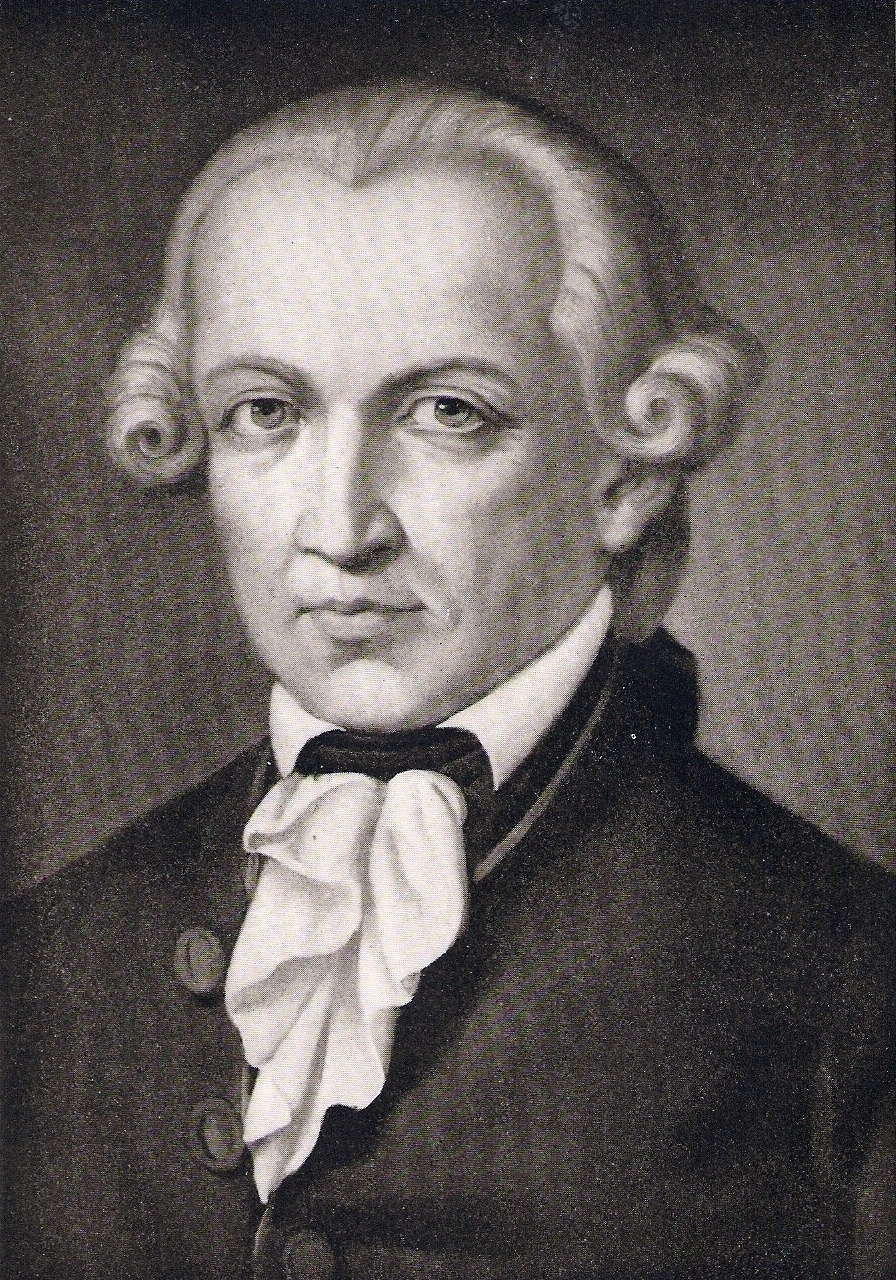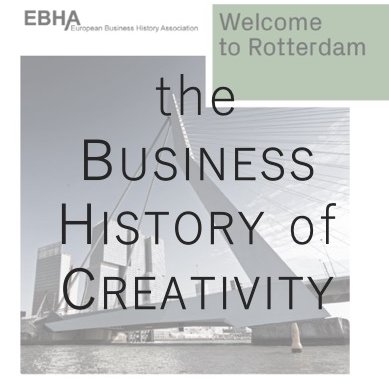In her welcome address Vice-Dean for research Mathilde Skoie (University of Oslo) traced earlier scholarly interest for authorship back to the Antiquity. The workshop addresses questions of authorship in the creative industries, aiming to shed light on the creators and their relation to intellectual property law, as discussed by principal investigator Véronique Pouillard (University of Oslo). Over the course of the nineteenth and twentieth century, newer understandings of intellectual property question the Berne Convention for the Protection of Literary and Artistic Works. At stake were the weight of the users or consumers, and the dignity of the author.

Photo: Wikimedia Commons
The workshop combined theoretical foundations and case studies. Anna Marie Nesheim (University of Oslo) showed how theatre and the arts of the stage were challenged by films and cinema in the interwar period. Films increasingly competed with traditional theatre for the favour of the audience, leaving new means for copying among actors and actresses. The romantic conception of authorship has dominated European IP law, thereby influencing the Berne Convention. This notion rests on the premises that a work is the product of a creative mind whose dignity is of essence. Other understandings put forward the right of access of consumers to a cultural product. Kamilla Aslaksen (University of Sørøst-Norge) presented Camilla Collett’s three editions of the book In the Long Nights (1863, 1866, 1892), showing how these works invite a conception of the author as “a craftswoman in constant dialogue with her textual material” working towards literary perfection.

Photo: Wikimedia Commons
The philosophy of authorship has been fragmented for centuries. Immanuel Kant, exposed Reidar Maliks (University of Oslo), argued that literary works are essentially speech and thereby actions of the author. According to Kant, actions could not be copied as they are inherently the natural property of the author. Works like paintings or sculptures, however, would not give the author natural rights because they are tangible things. Tangibility and intangibility has been a conflicted area of IP law historically, discussed Giuliano D’Amico (University of Oslo). During the Nordic Modern breakthrough, Norwegian writers like Henrik Ibsen were still bound by the Danish copyright law of 1741. The subject of legal artistic protection was the printed book instead of the intellectual property, meaning that rights could be attributed to the publisher, at the risk of causing financial loss to the author, especially in the case of transnational printing.
Although copyright aims to balance creative protection and utilitarian interests, it is not a given that copyright generates revenue or enables artistic dissemination, exposed Caroline Ncube (University of Cape Town) in the second keynote of the workshop. Lesser-known creators often settle to avoid taking industry giants to court due to costs. The media can help in such instances by shedding light on small creators and their rights. Aggressive copyright enforcement may benefit creators, albeit also limit their creative tools, shows Alan Hui (University of Oslo) in his study on the history of music sampling. In recent decades, after music sampling was confirmed as copyright infringement in the 1990s, sampling has become nearly unaffordable for artists. Copyright also involves takedown of “orphaned works” – works whose copyright holders are unknown, limiting public access to creative IP-law.
IPR today lies at the crux of neoliberal commodification, and the new challenges of value-capturing, underlined Carla Hesse (University of California, Berkeley) in the first keynote. One fallacy is the radical under-regulation of digital media compared to rigid regulation of conventional print media. Social media platforms like Facebook or YouTube, have until recently not been editorially responsible for their content, including music and other creative works disseminated on them. The new DSM-directive of EU ((EU) 2019/790) aims to hold social media platforms editorially responsible for their copyrighted content and its enforcement is a timely initiative, explained Irina Eidsvold-Tøien (BI Norwegian Business School). A major challenge is to measure whether the new media platforms that disseminate music allow to redistribute revenue in same proportions as in the pre-digital era, or whether the platforms tend to nurture the mainstream artists, making it more difficult for confidential creators to earn a copyright revenue.
New algorithmic detection tools have helped remunerating artists for the digital use and appropriation of their music. This may be particularly helpful in detecting sampling, showed Ragnhild Brøvig-Hansen (University of Oslo). However, they may also fail to detect the “double codedness” of musical parodies. This way, parodies are also appropriation by means of irony to which copyright laws are eased. Even so, algorithmic codes struggle to separate parodies and cases of infringement.
A roundtable moderated by project administrative coordinator Minja Mitrovic (University of Oslo) gathered Klaus Nathaus (University of Oslo), Anya Nylund-Hagen (University of Oslo) and Audun Molde (Høyskolen Kristiania) to discuss the crisis in the creative and cultural sectors (CCS) in the wake of the Covid-19 pandemic. The roundtable underlined how the crisis eliminated the income artists used to receive from live events. Many have turned to social media for live streaming of concerts. The new DSM-directive may help remunerating those artists in this sudden digital shift.
The digital shift has disrupted IP law beyond issues of artists’ remuneration. Challenges have also occurred in typography explained Derek Miller (Harvard University). Besides literary content, the choice of format may also be a creative act. Authors can make typographical choices that bear meaning parallel to words on a page. User-generic formats of the digital era sometimes struggle to preserve this type of creativity due to the separation of form and content in modern copyright law.
The Creative IPR group thanks all the participants for two insightful days.
The full program can be found here



